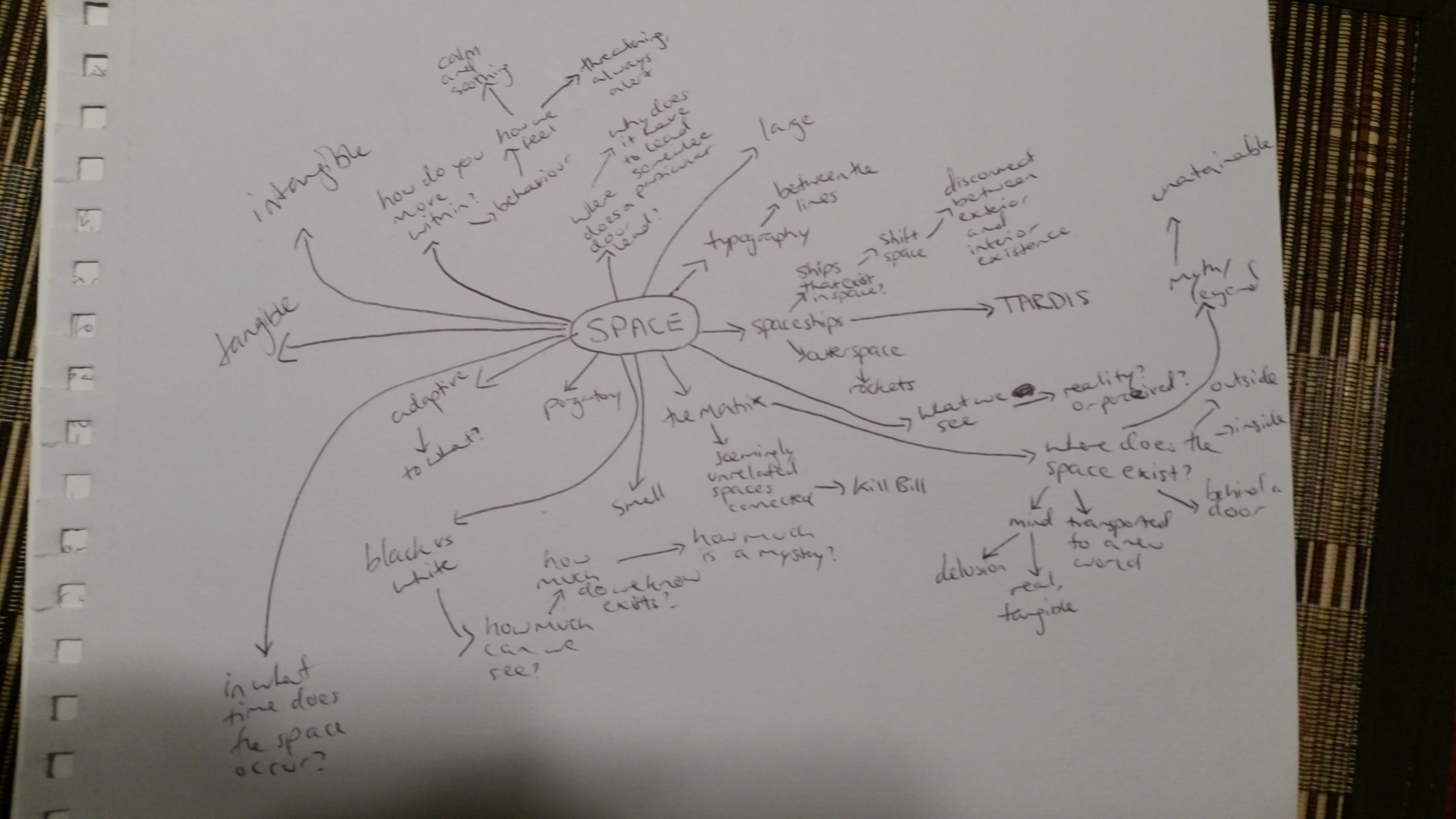Being in the Another World studio has truly been an enlightening experience. Never have I questioned a project so much that I cannot see any other way it could have developed, its vision is clear, its ideology evident and its own intrinsic absurdity runs deep and through every particle that makes up its being. I couldn’t be prouder of my creative baby.
The seemingly strange logic from the very structure of the course, to build a story from the world up, was the most enlightening part of the studio. I found myself looking back on the strange and absurd worlds I love, from The Lobster (Lanthimos, 2015), to Adaptation (Jonze, 2002) and Being John Malkovich (Jonze, 1999). I brainstormed and thought deeply about what exactly it was that I enjoyed so much about the internal logic of the world, and I came up with the world of “Duck and Cover”, now named “The Community”. It started out as a strange street community, much like our own, more modern communities in suburbia, where every night at 9PM, on the dot, each family, a nuclear family (two parents and two kids), exits their homes, stands by their mailboxes and shouts, “Duck and Cover”. From this I started contemplating how this world would work, why did they do this? What would happen if someone asked that question, or stopped believing in the ritual? And it soon developed into a sci-fi, dystopian, heavily 50’s inspired examination of societal policing and rule of behaviour.
I came up with the idea for a character, a young girl, Jane, who is too curious for her own good and questions the nature of the ritual, in turn being exacted to social justice, the ultimate form of punishment, a community-wide cold shoulder. Social isolation and loneliness without ever truly being alone. This allegory became the bones of the story, a story focused on the failings of human communication and a lack of being open with one another. I then decided to write the short film script I was certain would be my final project. It came to seventeen pages and had some character motivation and tension issues. Why was it so bad for her to be socially isolated as punishment? There weren’t any stakes.
One day in class, we did a writing exercise. Come up with a character who might exist in your world, that isn’t a character you already know. We had to construct a character arc for them based on:
Once upon a time…
And everyday…
Until one day…
And because of that…
Until finally…
Through this exercise, I created Walter. And I uncovered why there were these plot holes that were evident throughout the short film I had written. The world I had created was too big for a short film, it needed more exploration, more ways to explore, develop and solidify the allegory. And suddenly I had my character motivations, why Jane would begin questioning (Walter and his contraband would be the catalyst) and humanising Arthur, the leader of the community, would allow for the communication breakdown to become more evident, as all of the citizens are struggling with this socially limiting and harsh environment, where facades and ideas of humanity reign, as opposed to humanity itself, an inability to welcome their animalistic tendencies.
Through workshopping and collaborating with my friends I found a much larger and interesting story than I ever thought I would be able to tell. Pointing out the holes in my world allowed me to question why they were there and to develop fixes to these holes, allowing me to develop my world and its internal logic to such a point, it may actually be able to withstand an honest trailer some day. Hopefully.
I declare that in submitting all work for this assessment I have read, understood and agree to the content and expectations of the assessment declaration.

